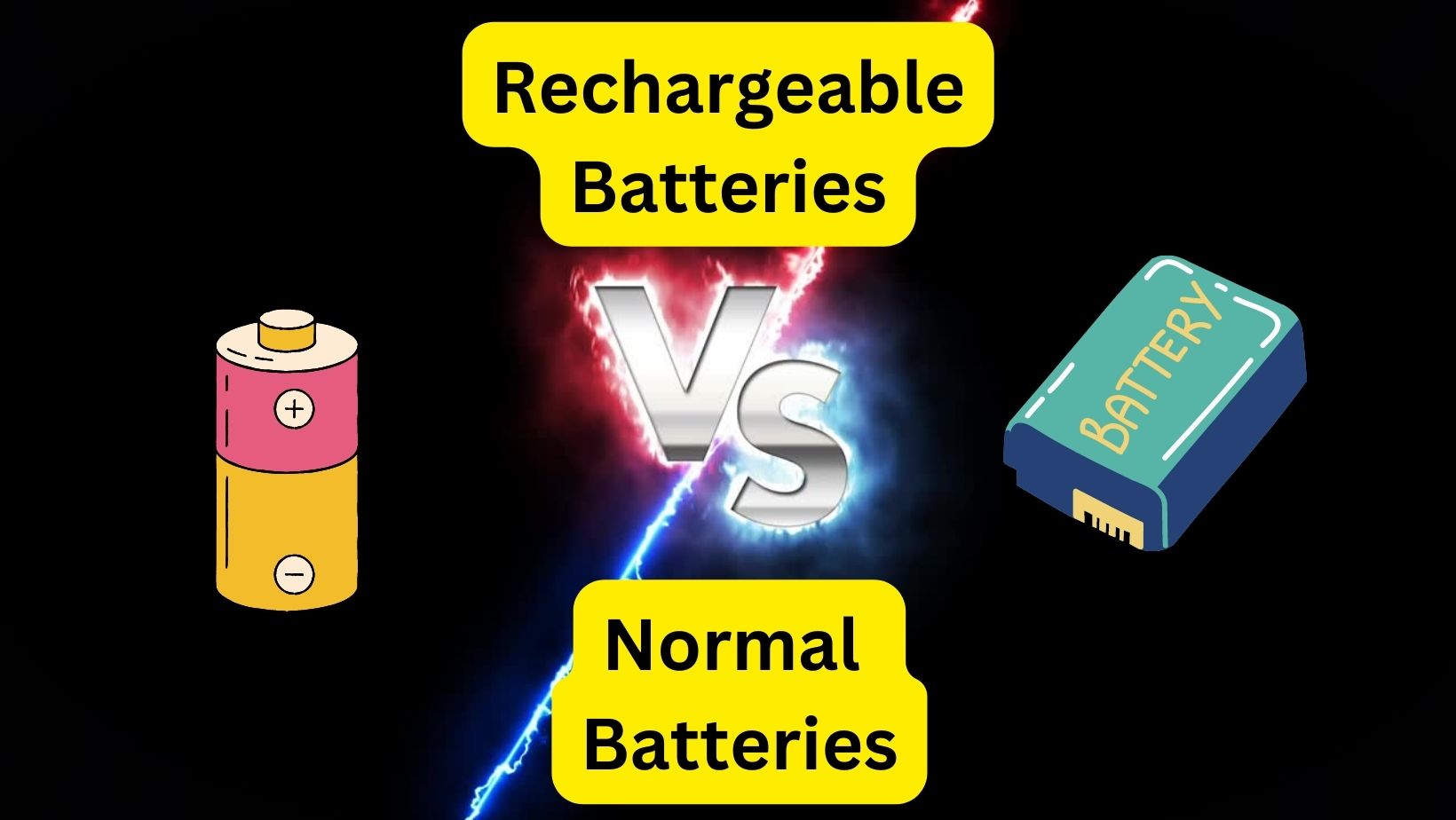
Do you want to know what is the difference between rechargeable batteries and normal batteries? You are on the right spot to know the answer to this query.
Batteries or cells are nothing more than a set of electrochemical cells that generate electricity by converting stored chemicals and energy into electrical energy.
However, there are different types of batteries on the market and although many people do not know what makes them different.
It is good to understand the difference between one and the other so that at the right time we can choose the type of battery that best suits us.
Difference between Rechargeable batteries and Normal Batteries
If you have doubts about this topic or you are simply looking for a little more information, continue reading, because then we will explain the difference between a battery and a rechargeable battery.
-
Rechargeable Batteries
On the other hand, rechargeable batteries are not meant to be used only once; but even if they run out of energy, they can be connected to some source and recover it again.
Rechargeable batteries generally need to be charged before use. They usually have certain active materials in their discharge states, for this reason it is necessary to connect the batteries to the electrical current to recharge them before they can be used.
Once connected to a power source, rechargeable batteries receive current that is pushed through their cells in the opposite direction of the power source.
What this current does is basically activate the chemicals stored in these batteries to thereby give rise to some reactions that occur while these batteries are used in any application.
-
Normal Batteries
Normal batteries come in various shapes and sizes. They were created in the year 1799 and an Italian physicist named Alessandro Volta is credited with discovering the process to create them. He originally created a battery using metal plates and cardboard or brine paper.
Each battery consists of two terminals called cathode and anode, the first being positive and the second being negative. These terminals are connected and form a circuit.
The electrochemical reactions that take place in the cells generate a flow of electrons from the anode to the cathode.
Also, there are two types of batteries: disposable; also known as secondary batteries (which are meant to be used only for a period of time) and rechargeable batteries.






